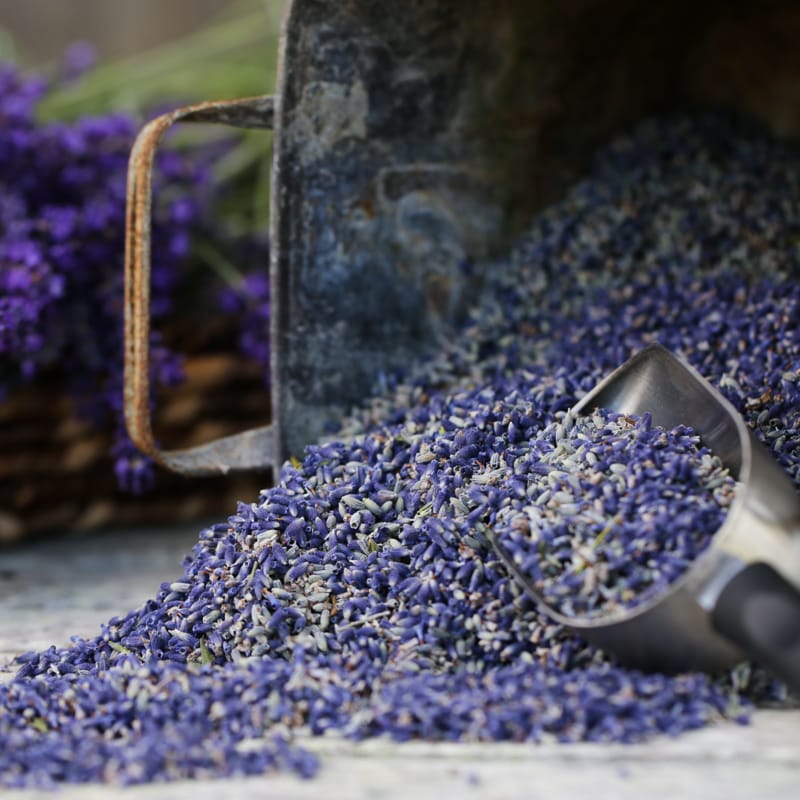Culinary Lavender – Bulk
$6.00 $62.00
Is lavender edible? Yes! Our farm grown “Royal Velvet” culinary lavender bud is the gourmet herb your kitchen requires. Long relegated to only Herbs de Provence mixes, culinary lavender is now making a comeback in American cuisine! Use in savory dishes wherever you might use rosemary, thyme, sage, fennel and oregano. In baking and sweets, it pairs well with chocolate, citrus and vanilla. It can also be used to infuse olive oil, simple syrup, or vodka. Check out our blog for recipes!
Choose from 1/2 oz, 1/4 lb, or 1 lb for large baking projects or as a refill for your spice jar. For gifts (or a treat for yourself) our “Royal Velvet” culinary bud is also available in a glass spice grinder or jar.
5.00/54 reviews for Culinary Lavender – BulkAdd a review
- Sort:
- Newest
- Oldest
- Highest ratings
- Lowest ratings
